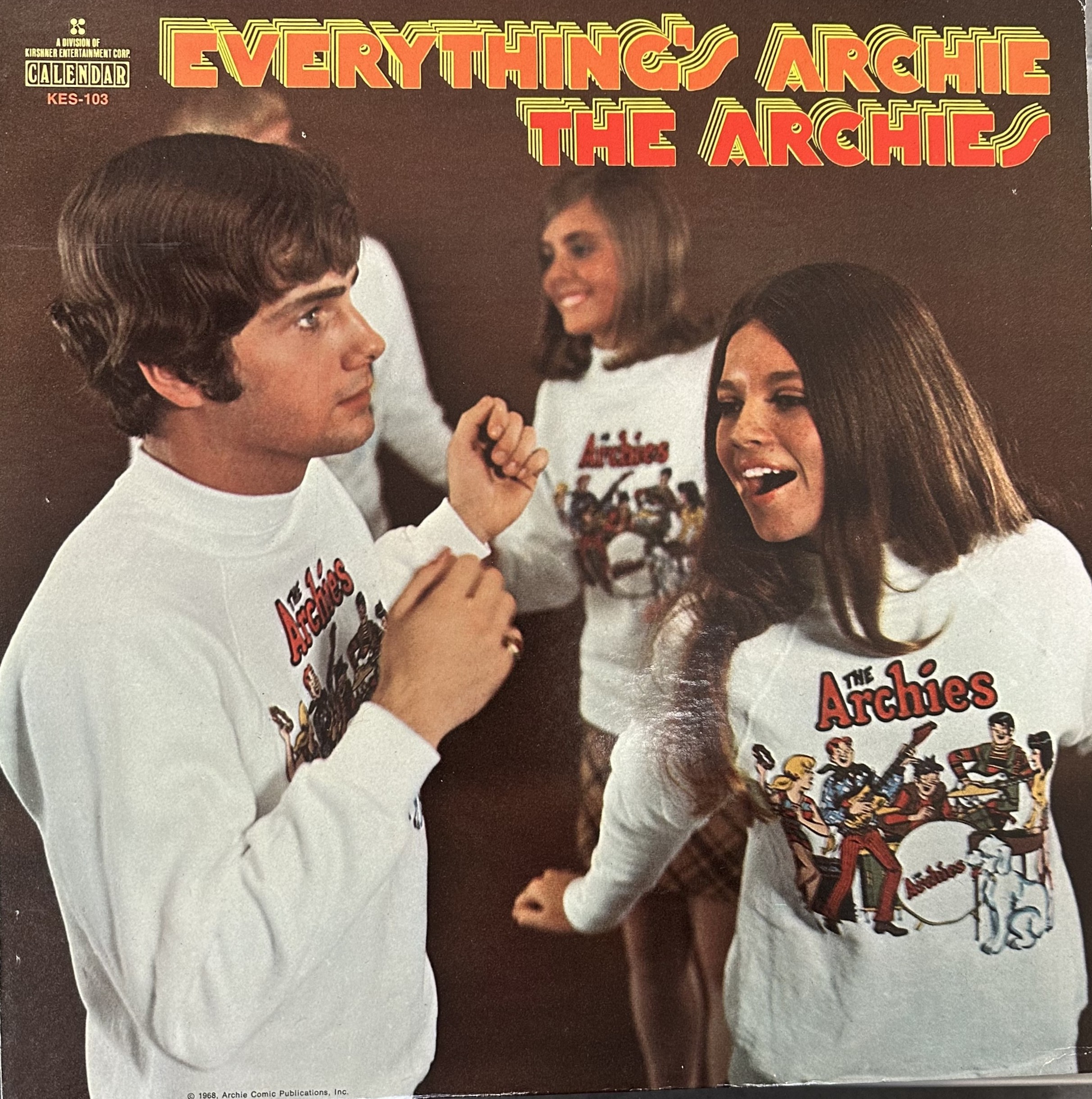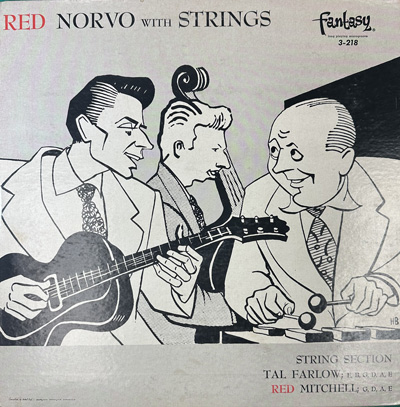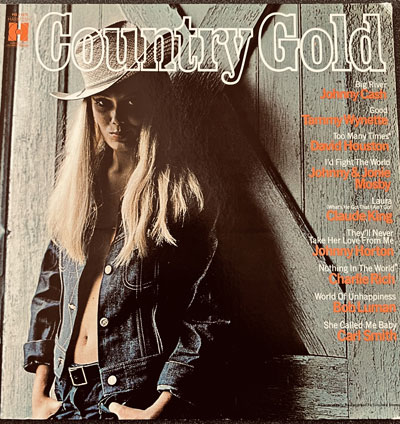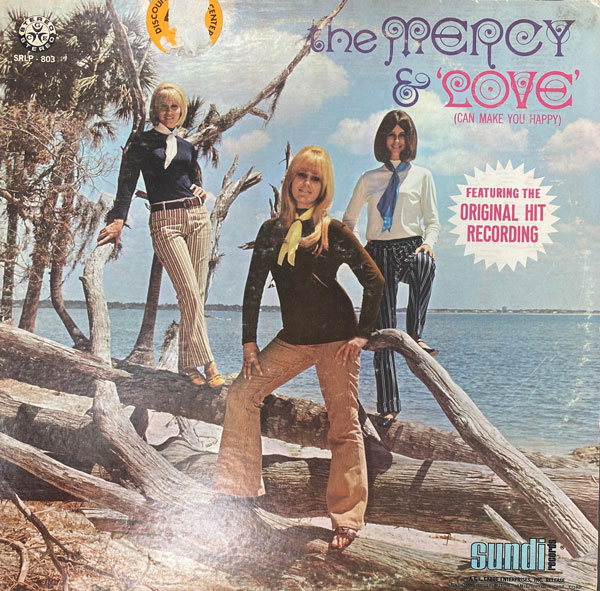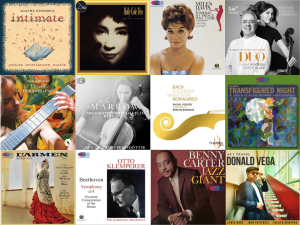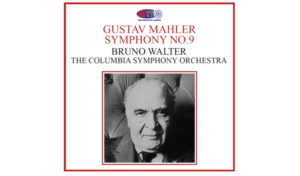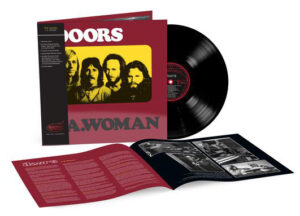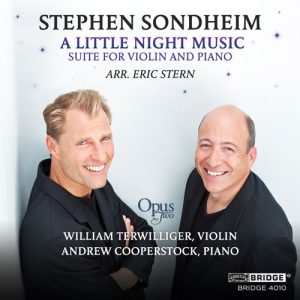When you think of jazz pianists you probably don't think of Bobby Hamack (1922-1990). That's because his work was primarily behind-the-scenes studio work in radio and television. Hammack was the West Coast musical director of the ABC-TV and radio networks between 1958 and 1963, and he conducted his own orchestra and scored music for several TV shows. His first gig as a jazz pianist was with Red Nichols in the early 50s.
Despite a studio musician's busy schedule, Hammack made a few records under his own name, and in my fifty years of collecting LPs I've acquired one Bobby Hammack album. It's a mono LP from 1956 called The Bobby Hammack Quintet (ABC-Paramount 130) and it's delightful. Some of it is easy listening, some of it is jazz, and the best music is on side two. The other musicians on the album aren't household names either, as they were from the same pool of TV and radio pros that Hammack worked with. So, now that you don't know who these people are, let me tell you who they are, and what they did on the best cuts from this album.
My favorite music is on side two, but two cuts on side one are worthy of a mention. Side one opens with "I Want To Be Happy." It's a lightweight romp specifically arranged to introduce you to every member of the band. Although it lacks musical depth, vibes player Jerry Friendman is the star of this cut, and he's the reason why I play it. Cut two is a Hammack original called "Earl's Tune." It's more of a jazz tune than the other cuts on side one, and it features a very catchy riff. Side two cut one is "You Are My Lucky Star." It's cute and fun, but despite its fluffy exterior it has a more soul than anything on side one. I like how every member of the band plays an active role in creating the outcome. The first things you hear are Bobby Hammack's piano and Jerry Friedman's vibes. This may be Hammack's album, but Friedman is again the star. He was an awesome mallet man, and his playing on both vibes and xylophone carries half of the weight of this cut. The other half is supported by guitarist Wes Nellermoe, who swings like his life depends on it.
"One Morning In May" is the second cut on side two, and it's this side's so-called ballad. Every jazz album needs a slow cut or two. They make the fast cuts sound more exciting, and sometimes they offer some magic of their own. The only reason I know this ancient folk tune is because James Taylor sang it on One Man Dog. As is often the case, the jazz version bears little resemblance to the pop version, but nonetheless it's a good listen. I like Taylor's version better, but I love how Hammack and Nellermoe command your attention with their musicianship. It also offers a great segue to cut three, a smoking-hot and swinging version of "Love Me Or Leave Me." This cut opens with Hammack laying down boogie woogie chords on the piano. He is quickly followed by some irresistible thwanky snare sounds from drummer Milt Holland, and this is only the intro. The main section features the piano and vibes playing as a single unit, thus creating a George Shearing effect. Soon afterwards we are treated to some licks from the electric guitar and some Friedman-powered xylophone, and this happens right before Hammack's piano returns. At last, the cut closes with more of Friedman's vibes. It's hard to convey just how cool this cut sounds, because it's so damn cool!
Side two cut four, "Eliza," is a Hammack original, and it's very tasty. This is more proof that genuine jazz is found on this LP. Once again the piano and the vibes create a George Shearing-like ambiance, and the rhythm is propelled by Milt Holland's conga drum, while Friedman plays a gently brushed snare. Guitarist Nellermoe is just wonderful in his sparseness. Hot damn! What we have here is more cool jazz.
Would you believe that cool is followed by more cool? Cut five is a cool-school adaptation of the old standard "Fine And Dandy." Although Hammack opens the cut, guitarist Nellermoe is the star. His playing is pure jazz, and he creates a sound that makes me wonder why I haven't seen his name on other LPs. Friedman's vibes come in right after the guitar, and his pearly tone sounds like Lionel Hampton. The whole thing is delicious.
Cut six is my favorite cut on the LP. It's called "Swamp Fire." It doesn't sound at all swampy, but it sure is on fire. Jerry Friedman's vibes are again incredible, and the cut belongs to him. His mallets are smoking, the music jumps, and the result is multicolored. Friedman's energy is remarkable. Even when the guitar enters to help the vibes, the vibes win. I love this album, I love this cut, and I want more records that include Jerry Friedman.
I wouldn't call the sound of this LP remarkable, but I find it very appealing. I love mono records, and in some cases, primarily violin sonatas, I prefer mono sound. When I hear a mono record that sounds like The Bobby Hammack Quintet, I don't wish it was in stereo, but, rather, I wonder why more stereo records can't sound this good. The sound is tubey rich, and while it contains a little dash of reverb, it's only an appropriate dash, rather than a lake. The best thing about this smooth and enjoyable record is how the instruments jump out of their comfy surroundings with all of their colors intact. It's not the last word in low coloration, but the sound is much less manipulated than any of Rudy Van Gelder's recordings. Like a low powered tube amp driving a 50s era JBL corner speaker, it's not exactly accurate, but it feels really good.





